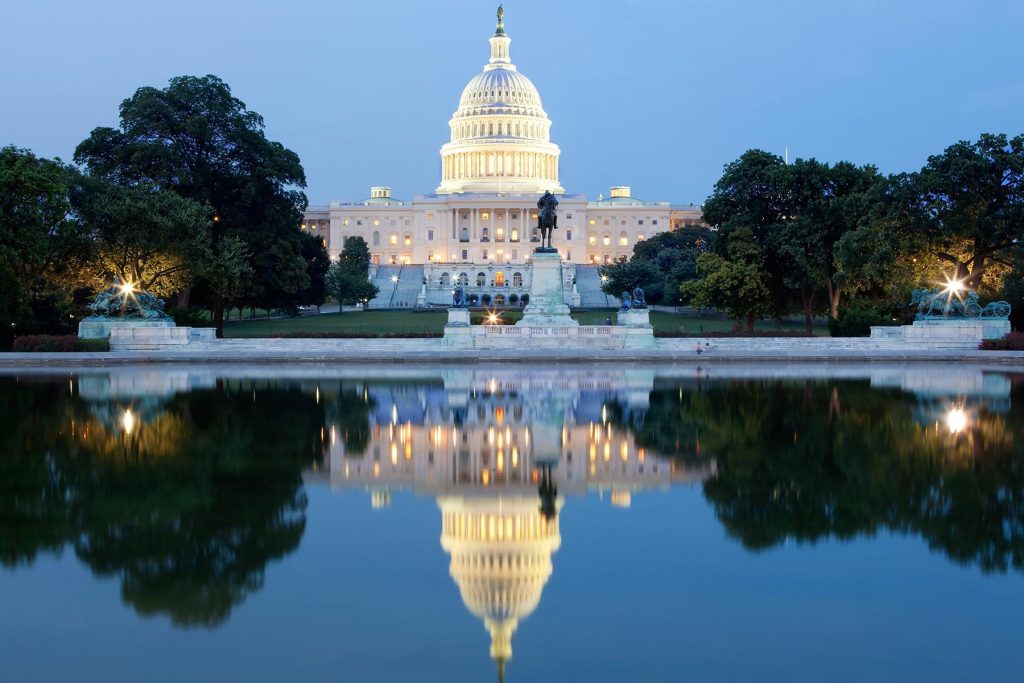Flights, national parks, will museums be impacted.
A government shutdown is imminent with federal funding ending today, September 30. If President Trump and congressional leaders fail to reach an agreement before midnight, a shutdown would result. Many agencies would reduce services or halt operations. Essential workers would work without pay, and delays would be likely. For travelers, this means their plans may be affected, with museums and national parks closed and possible flight disruptions.
Every federal agency has an internal contingency plan for shutdowns, but we’re providing an overall picture of what to expect while traveling.
Transportation
The Transportation Security Administration (TSA) agents, screeners, air marshals, and air traffic controllers are essential workers and will be required to work without pay. Most of this workforce must remain on duty, but with an already short-staffed air traffic control system, travelers should expect delays. Trade group Airlines for America warned that a shutdown will impact fliers as “the system may need to slow down, reducing efficiency.”
TSA officers may seek other opportunities facing uncertainty over paychecks. A former TSA agent, Caleb Harmon-Marshall, told CBS News, “TSA officers are expected to continue to report to work. But in the past, if a shutdown exceeds two weeks, officers start to get frantic, and they stop going to work.”
Continue Reading Article After Our Video
Recommended Fodor’s Video
During the last shutdown in 2018-19, sickouts increased as paychecks were missed, leading to longer wait times at security checks and slower movement at busy airports. The shutdown lasted 35 days, the longest on record, and only ended after air traffic controllers forced action by not showing up to work.
Train passengers should rest easy. Amtrak has confirmed that trains will operate as normal. Amtrak receives federal funding but is not a federal agency and runs independently, so its services will not be disrupted unless the shutdown persists. Cruises should also be able to function, with the Coast Guard as well as TSA and Customs and Border Protection agents continuing their duties, Cruise Lines International Association told USA Today.
National Parks and Museums
It is unknown what will happen to national parks in case of a shutdown. According to a 2024 plan, parks would close to the public during a federal shutdown. If that happens, communities that depend on the parks would lose $77 million per day, and a million visitors would be shut out daily. Some states may step in to keep parks open; Utah and Arizona have expressed interest in maintaining public access.
Currently, the National Park Service (NPS) is understaffed by at least 24% because of recent firings, leaving the parks in “survival mode.” The National Parks Conservation Association (NPCA), an independent group advocating for U.S. national parks, wants the NPS to close the doors until a deal is reached.
In the 2018 government shutdown, national parks stayed open with minimal staff. This led to vandalism and damage, which took months or years to repair, the NPCA said in a statement. In some cases, damage was irreparable: people stole artifacts from battlefields, went off-roading, and chopped down Joshua trees.
Related: The 10 Most At-Risk National Parks in the United States
The Smithsonian runs 21 museums—most in Washington, D.C.—and receives government funding, so it is likely to be affected. Open-air museums could remain accessible but without visitor services such as restrooms. The Statue of Liberty, run by the NPS, may also shut down.
A spokesperson for the U.S. State Department confirmed to CNN, “Consular operations domestically and abroad will remain operational. This includes passports, visas, and assisting U.S. citizens abroad.” In addition, Immigration and Customs Enforcement (ICE) operations will continue, as they are considered essential.

